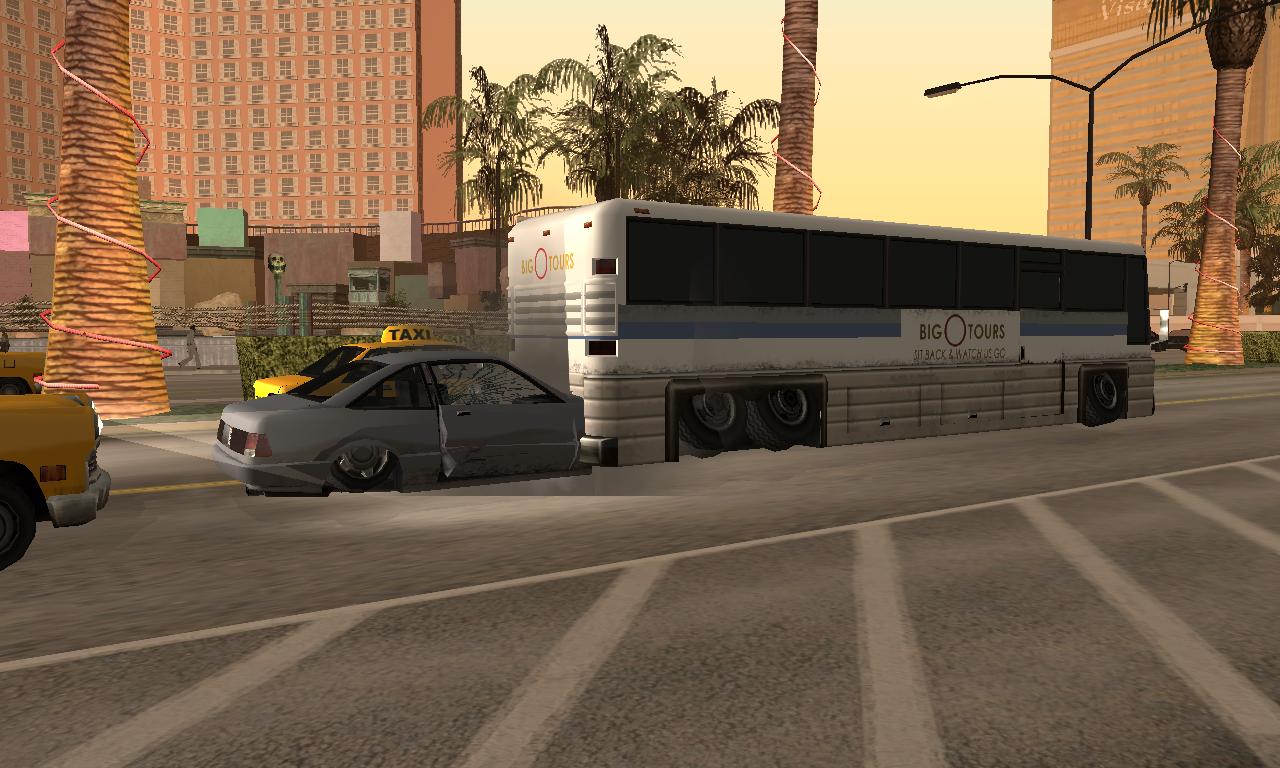
Noti Dlya Fortepiano Pesni Ani Lorak Solnce
I envy only bullfinch. Adverts,,,,,,,,,,,,,,,,,,,,,,,,,,,,,,,,,,,,,,,,,,,,,,,,,, • on 2018-Oct-14 09:17:09 Pmypevtt said. It banned fixed-fixed-fixed-fixed-fixed,,,,,,,,,,,,,,,,,,,,,,,,,,,,,,,,,,,,,,,,,,,,,,,, • on 2018-Oct-15 09:24:11 Lfqlkrau said. Google does not work,,,,,,,,,,,,,,,,,,,,,,,,,,,,,,,,,,,,,,,,,,, • on 2018-Oct-15 12:52:44 Emfabaxq said.
Portfolio & blog of Nela Dunato - brand strategist, designer, artist & author. Makedonski narodni ora, od repertuarot na ansamblot za narodni igri i pesni 'Tanec' / Mihailo Dimoski Nasa kniga Skopje 1977. Australian/Harvard Citation. Dimoski, Mihailo. 1977, Makedonski narodni ora, od repertuarot na ansamblot za narodni igri i pesni 'Tanec' / Mihailo Dimoski Nasa kniga Skopje.
The CAP, which oversees subsidies to farmers in Europe, is a complex bureaucracy favouring large businesses over small farmers, pushing them towards intensive farming practices that harm the environment and lead to unemployment. Such criticism does not come from green activists.
It was printed almost word for word in brochures of the European Commission in 1998, in preparation for a reform of the CAP. The reform was enacted in 1999.
In this San Andreas Cheats Guide, we'll list all of the GTA San Andreas Cheats out there.  By Guides Writer GTA San Andreas is much more fun when cheats are involved. There are a ton you can add into your game, from tanks to jetpacks and beyond.
By Guides Writer GTA San Andreas is much more fun when cheats are involved. There are a ton you can add into your game, from tanks to jetpacks and beyond.
Less than 15 years later, in 2013, the same problems were addressed in yet another reform. The talk was to make the CAP “greener” and provide more support to small farmers. A long-term review of agricultural data in Europe shows that the problems identified in the 1990s have not been solved. They were even made worse in the countries that joined the European Union after 2004. Since 2000, cereal production in the European Union increased from 200 to 300 million tons per year.
At the same time, the production of fruits and vegetables decreased, from 100 to 85 million tons per year, even though the European Union itself expanded from 15 to 28 countries. One reason for this evolution lies in the way the subsidies are given out by the European Commission. Before the 1999 reform, subsidies were given by volume.
The more farmers produced, the more subsidies they received. After the reforms, most subsidies (so-called “direct subsidies”) were given by hectare: the larger the farm, the larger the subsidies.

This, along with other factors like the demand for biofuels and increased meat production, pushed farmers towards crops that require large fields, like cereals and oilseeds. While the total area under cultivation in the European Union barely increased between 2005 and 2013, the average size of each farm increased from 12 to 16 hectares. Some countries saw much larger increases. These averages hide the dominance of extremely large farms. Of the 10 million farms active in the European Union in 2013, the vast majority were extremely small.
In most countries, farms larger than 100 hectares control most of the land and, with the exception of Austria, their share has grown in recent years. The CAP is not the only reason for these changes, but the policy provides more benefits to large farms growing cash crops than to smaller ones. The European Commission correctly points to the fact that programmes are in place to support small farmers but it fails to see that the complexity of the procedures de facto prevents small farmers from understanding what they can claim and receiving money. Cash crops, such as cereals and oilseeds (sunflower, rapeseed), require high investments in capital, large fields and little manual labour.